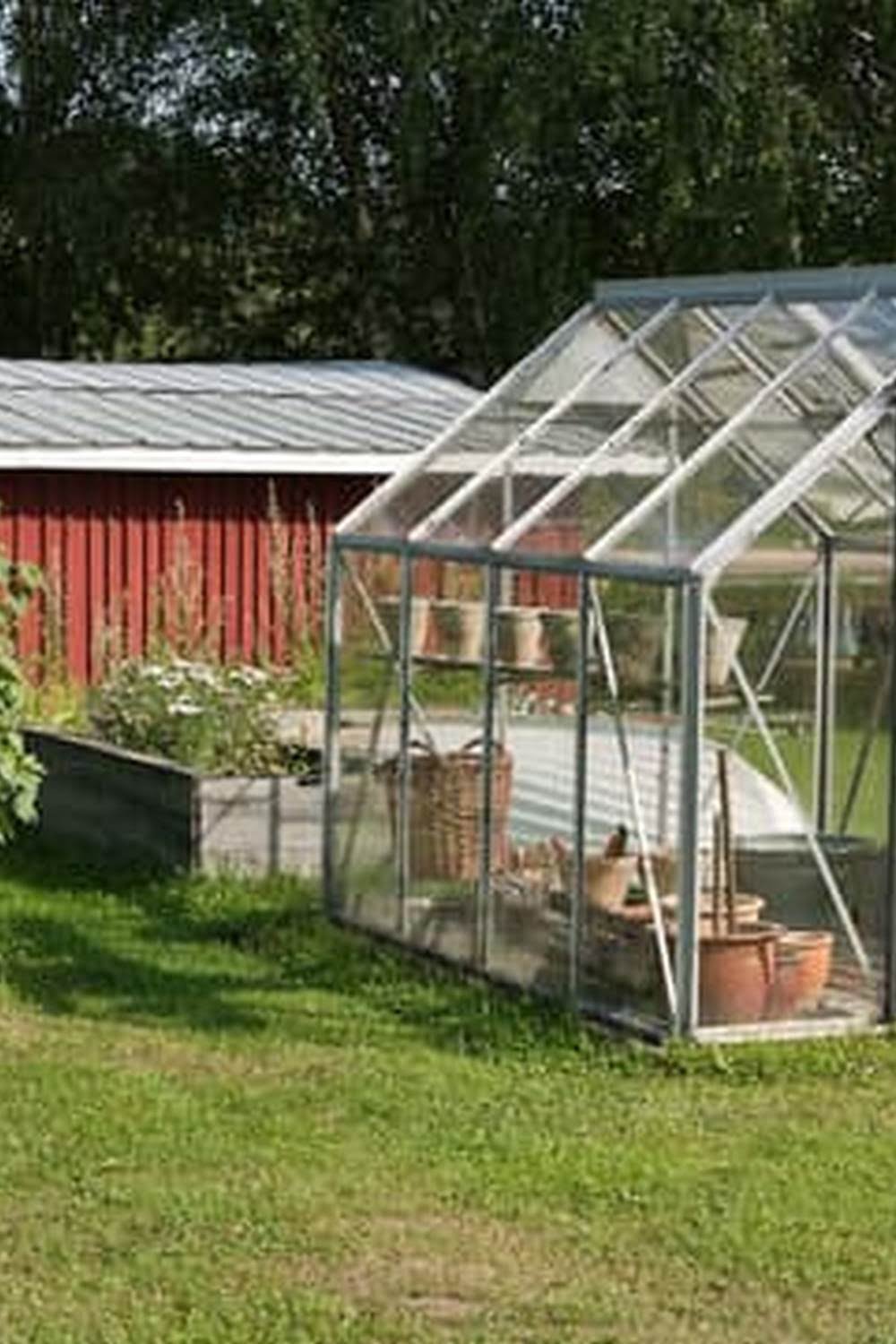Filling Raised Vegetable Garden Beds
So you have decided to build a raised vegetable garden bed. Excellent decision! Not only does a raised bed make gardening easier on your back, but it also helps keep your soil warmer in the spring and cooler in the summer.
The first step in building your raised bed is to select the right location. Be sure to choose a spot that receives plenty of sunlight and has good drainage. Once you have selected the perfect spot, it is time to start filling your raised bed.
There are several different ways to fill your raised bed. One option is to use topsoil. Be sure to use a good quality topsoil that is high in organic matter. Another option is to use compost. Compost is a great way to improve the fertility of your soil and it also helps to improve drainage.
If you decide to use topsoil or compost, be sure to spread it evenly in the bed. Then, use a garden rake to smooth it out. Once the soil is smooth, you are ready to plant your vegetables.
Companion Planting Raised Vegetable Garden
Companion planting is the technique of planting different types of plants together in order to benefit one another. Often, companion plants are planted near one another to improve the quality of the soil, repel pests, or attract beneficial insects.
When it comes to companion planting in a raised vegetable garden, there are a few things to keep in mind. For one, it’s important to choose plants that have complementary needs. For example, if you’re planting tomatoes, you might want to pair them with basil, as the two plants have similar needs in terms of sunlight and soil pH.
Another thing to consider is the height of your plants. You’ll want to choose plants that will grow to different heights, so that there’s not too much competition for sunlight and nutrients. For example, you might want to plant tall crops like corn near the back of your garden, and then plant shorter crops like lettuce in front.
Finally, be sure to mix up your plantings to attract a variety of beneficial insects. Different insects are attracted to different plants, so by planting a variety of plants, you’ll be able to attract a wider range of beneficial insects. This will help to keep pests under control, without the use of harmful chemicals.
So, if you’re looking to start a raised vegetable garden, be sure to consider companion planting. By planting complementary plants together, you’ll be able to improve the quality of your soil, repel pests, and attract beneficial insects.
How To Start A Raised Vegetable Garden From Scratch
Starting a vegetable garden from scratch can seem like a daunting task, but it is really quite simple. All you need is a patch of land, some soil amendments, and some plants.
The first step is to choose a location for your garden. The ideal spot is in full sun, with good drainage and plenty of space. If you don’t have a spot like that in your yard, don’t worry. You can create a raised bed garden instead. Just make sure the spot you choose is free of weeds and debris.
Next, you need to prepare the soil. Start by removing any large rocks or sticks from the area. Then, use a shovel to turn the soil over. Add some organic matter, such as compost, manure, or peat moss, to help improve the soil’s texture and fertility. Finally, use a rake to smooth out the surface.
Now it’s time to plant the plants. Start by choosing a variety of vegetables that you would like to grow. Then, determine the spacing requirements for each plant. Be sure to read the instructions that come with your plants, or consult a gardening book.
Once you have planted your vegetables, all you need to do is water them and watch them grow. Be sure to harvest them when they are ripe, so you can enjoy the fruits of your labor.
Best Soil Mix For Raised Bed Vegetable Garden
If you’re looking to create a raised bed vegetable garden, one of the most important decisions you’ll have to make is what soil mix to use. There are many different recipes out there, but not all of them will work well for your garden. Here’s a recipe that has been proven to work well:
1 part compost
1 part topsoil
1 part peat moss
Mix all of the ingredients together and use it to fill your raised bed. The compost will add nutrients to the soil, the topsoil will provide structure, and the peat moss will help to retain moisture.
Cinder Block Raised Bed Vegetable Garden
A cinder block raised bed vegetable garden is a great way to grow your own vegetables. It is easy to build and is very affordable. Plus, it is a great way to recycle old cinder blocks.
To build a cinder block raised bed vegetable garden, you will need:
-Cinder blocks
-Soil
– compost
-Vegetables seeds
To build the raised bed, start by assembling the cinder blocks into a rectangular shape. Make sure that the blocks are lined up evenly and are stable. Then, fill the blocks with soil. You can either use your own soil or buy a soil mix from a garden center. Next, add compost to the soil. This will help to keep the soil healthy and will provide nutrients for the vegetables. Finally, plant the seeds and water them regularly.
A cinder block raised bed vegetable garden is a great way to garden year-round. The soil will stay warm in the winter and will stay cool in the summer. Plus, you can move the raised bed to get the best sunlight.

If you’re looking to get into vegetable gardening, or are just looking for some tips on how to make your current garden better, then you’ve come to the right place! My name is Ethel and I have been gardening for years. In this blog, I’m going to share with you some of my best tips on how to create a successful vegetable garden.





